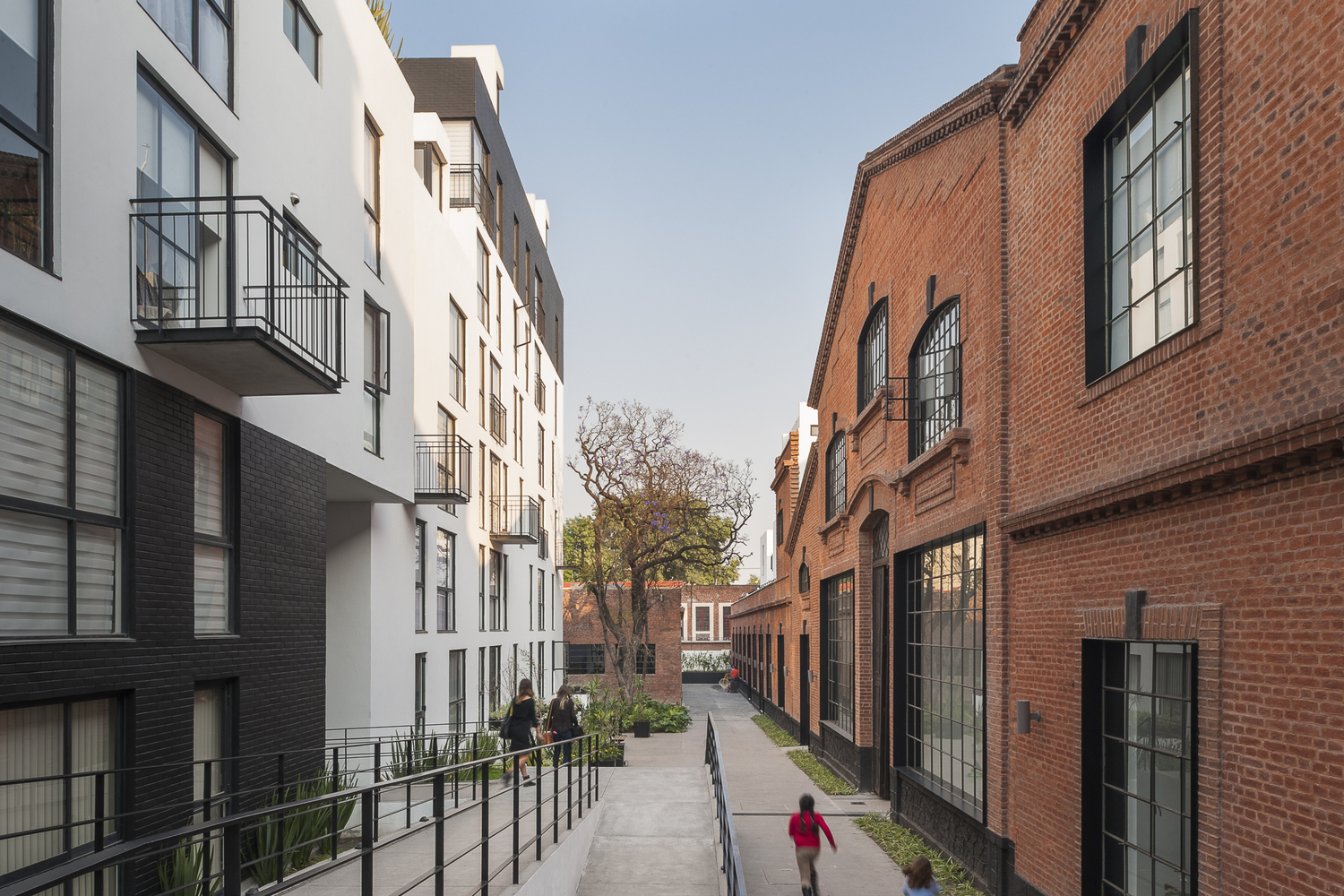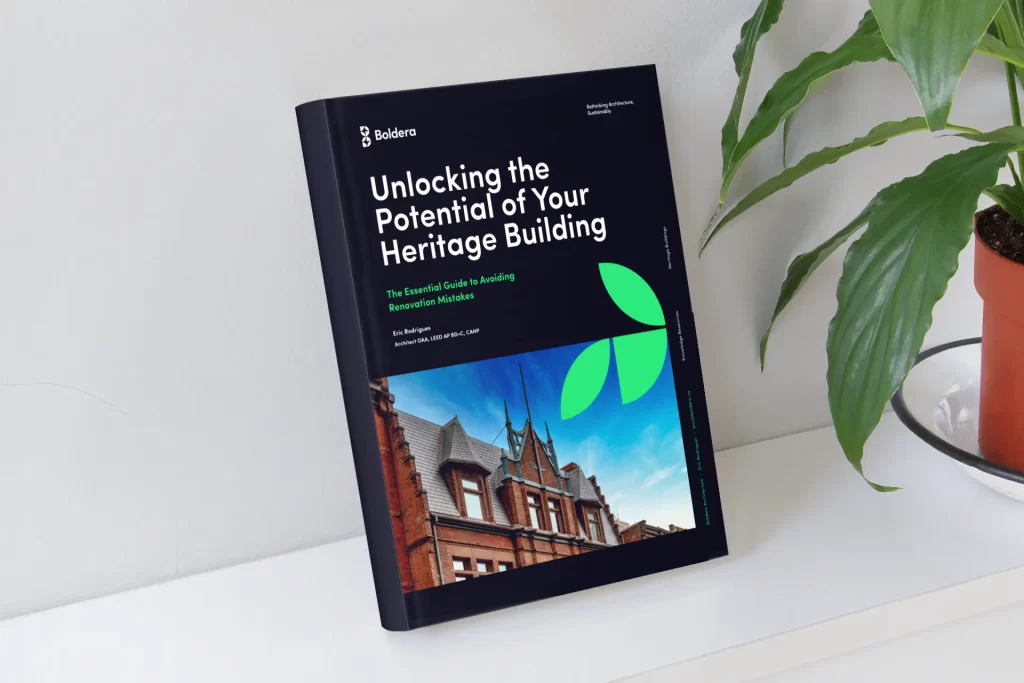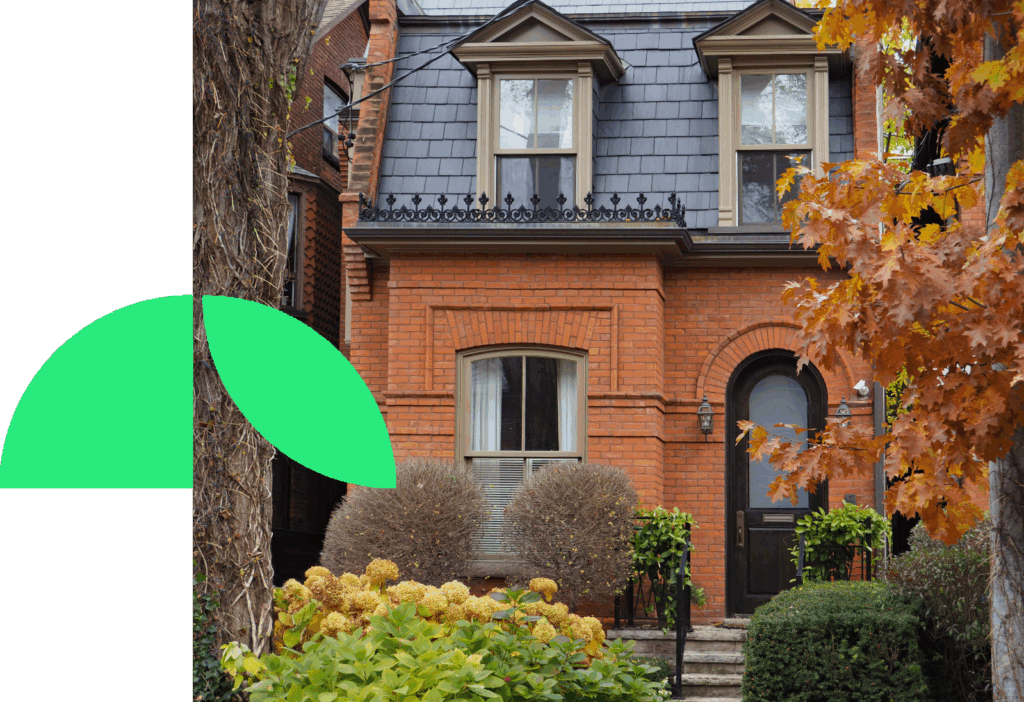Adaptive Reuse: A Solution for Affordable Housing
Eric Rodrigues, OAA, LEED AP BD+C, CAHP
In the face of a growing crisis in affordable housing it becomes crucial to find innovative solutions that can meet the needs of urban populations. This is where adaptive reuse comes into play – an approach that not only revitalizes underutilized structures but also offers a practical answer to the pressing demand for affordable housing. In this article we delve into the power of adaptive reuse and how it is reshaping urban landscapes by providing cost effective and sustainable housing options for communities.
Adaptive Reuse: Breathing New Life into Spaces with Purpose
The concept behind reuse involves repurposing existing structures for new functions. This approach allows abandoned factories, warehouses and old office buildings to be given a chance contributing to the preservation of architectural heritage while simultaneously dealing with modern challenges.
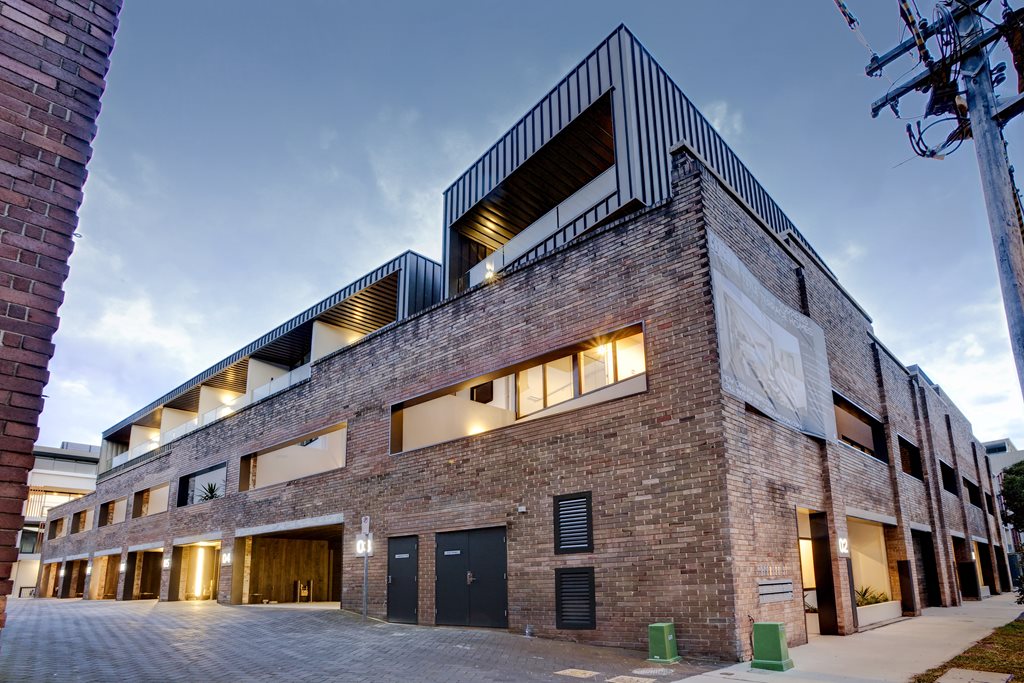
Conversion of a brick warehouse into affordable apartment units. (Source: Architecture & Design Magazine)
Affordable Housing: Seeking Solutions
The scarcity of affordable housing remains an ongoing challenge in urban areas worldwide. Traditional construction methods often struggle to keep up with demand resulting in skyrocketing property prices. Adaptive reuse emerges as an alternative that offers a strategic solution, to this complex problem.
Sustainability and Environmental Benefits
Sustainability lies at the core of reuse practices. Utilizing existing structures this approach aims to minimize the impact on the environment that is typically associated with new construction. It effectively reduces construction waste conserves resources and promotes energy efficiency aligning perfectly with the broader goals of sustainable development.
Cost-Effective Solutions
One advantage of repurposing existing structures in the realm of affordable housing is its cost effectiveness. Opting to convert existing buildings often proves economical than starting from scratch thus allowing for the creation of affordable housing options without compromising on quality.
Numerous compelling case studies highlight how repurposing has breathed life into communities by providing affordable housing solutions. From transforming buildings into much needed apartments to converting industrial spaces into vibrant residential areas these success stories vividly illustrate the potential that lies within repurposing.
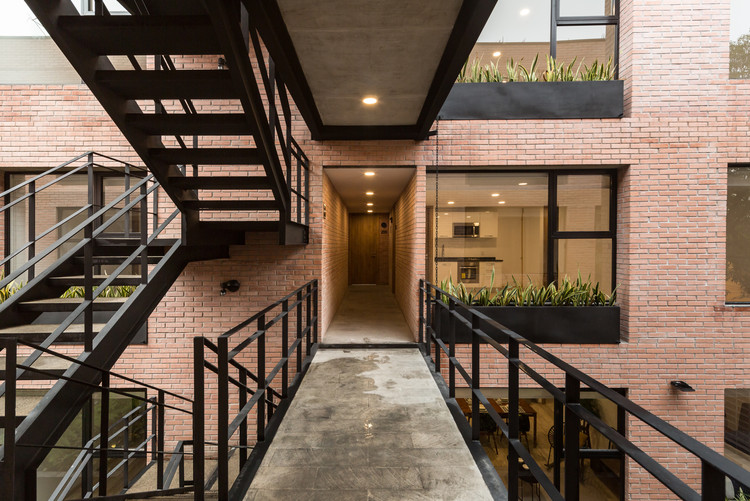
Repurposing existing structures is a cost-effective solution to create more housing and revitalize existing communities.
Overcoming Challenges
While the benefits of repurposing are undeniably appealing it does come with its share of challenges. Navigating zoning regulations, structural limitations and addressing community concerns careful planning and collaboration. Overcoming these hurdles becomes paramount, in ensuring the success of repurposing projects aimed at housing solutions.
Community Integration and Policy Support
The concept of reuse goes far beyond just bricks and mortar; it focuses on creating inclusive communities. By repurposing existing structures we can make housing an integral part of well established neighborhoods, which in turn promotes social cohesion and a sense of belonging.
Governments are increasingly recognizing the potential of adaptive reuse in addressing the challenges of affordable housing. They are implementing incentives, grants and policy frameworks to encourage developers to embrace this approach leading to positive transformations in urban development.
The success of adaptive reuse projects heavily relies on collaboration. Developers, governments, community organizations and residents must work hand in hand to ensure the smooth integration of affordable housing into existing urban landscapes.
Conclusion
Looking ahead towards the future adaptive reuse emerges as a beacon of hope for sustainable and affordable urban living. Envisioning a scenario where repurposed structures coexist harmoniously with developments this approach has the potential to revolutionize our approach to housing, in cities.
In summary the concept of reuse not only addresses the issue of affordable housing but also acts as a driving force, for sustainable urban development. Through repurposing existing structures we have the opportunity to establish economically viable communities that showcase the significance of innovation and preservation. In this evolving environment adaptive reuse leads us towards a future where affordable housing and sustainability are intertwined breathing new life into communities and reshaping our perception of urban living.
I hope this article has helped you with your planning. If you have questions, book a free 30-minutes Discovery Session with Boldera Architecture. This will unlock the full potential of your project and help you develop a quick action plan. My goal is to help you develop successful projects.

